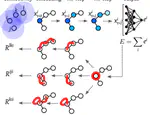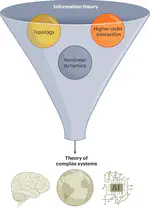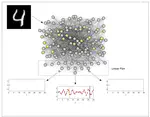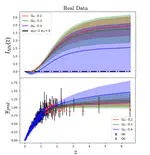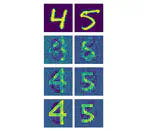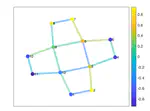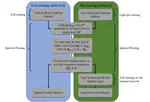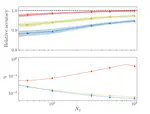Dynamics on Discrete Space
Exploring the relationship between topology and dynamics in signals on discrete manifolds reveals how Topological Signals (TS) extend differential forms into discrete spaces. Similar to how 1-differential forms are akin to vector fields and 2-differential forms relate to surface fluxes, TS are vector or tensor-like structures on discrete manifolds, particularly on simplicial complexes. These complexes consist of points, lines, triangles, and other elements that define a discrete space hosting signals on each structure. Networks capable of holding fluxes, for example, exemplify simplicial complexes. In the context of differential topology, the properties of dynamical systems that link node-defined signals and link-defined signals, including higher-dimensional ones, are deeply influenced by the topological characteristics of the simplicial complex. Factors like the number of link loops o r the presence of cavities significantly affect the viability of certain synchronized states or the emergence of patterns. My research delves into understanding how these two intriguing domains interact, focusing on the profound implications of their interplay for signal dynamics on discrete manifolds.
